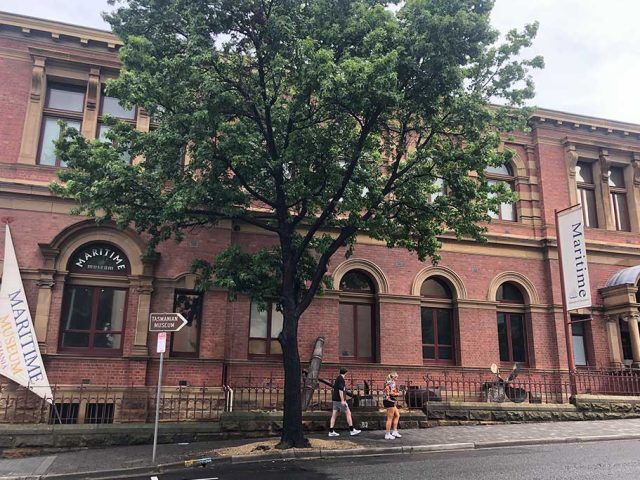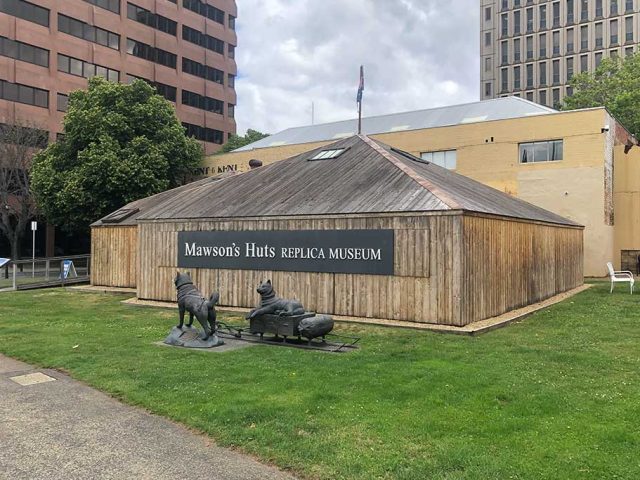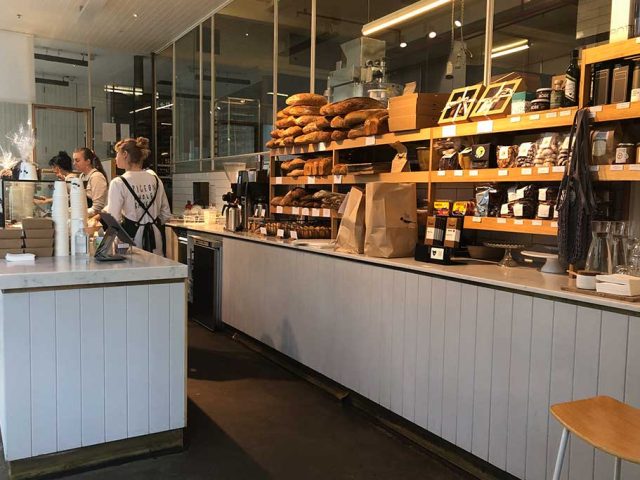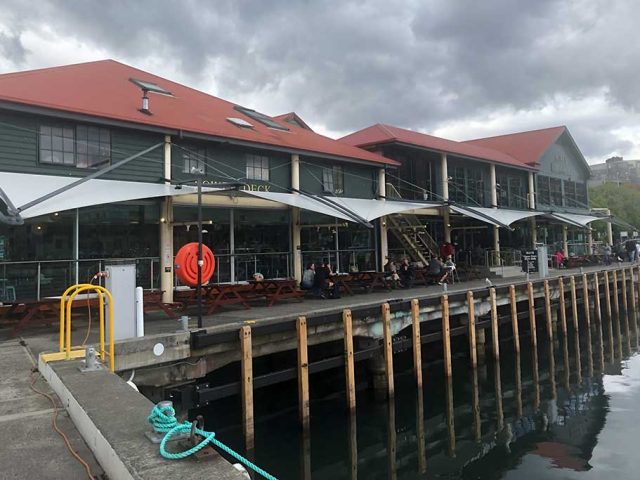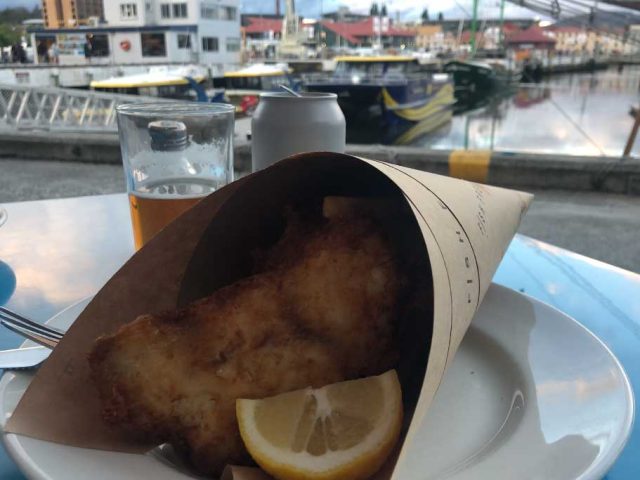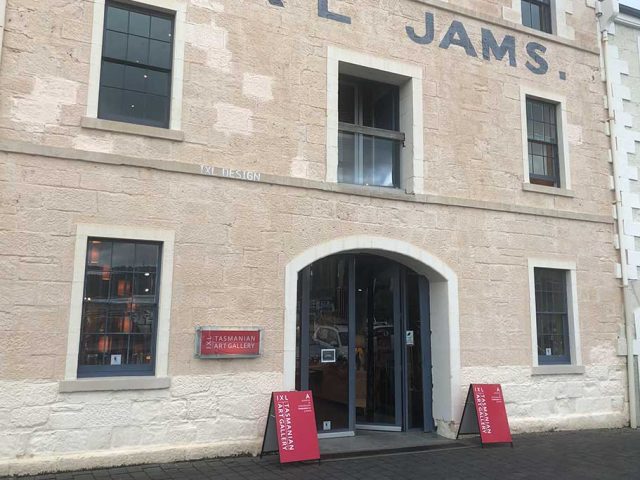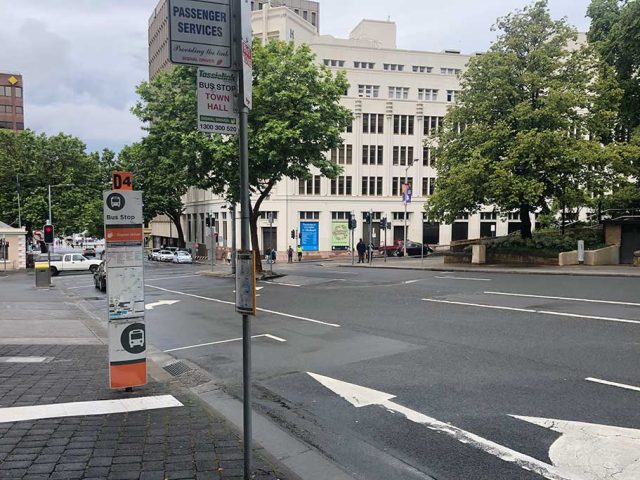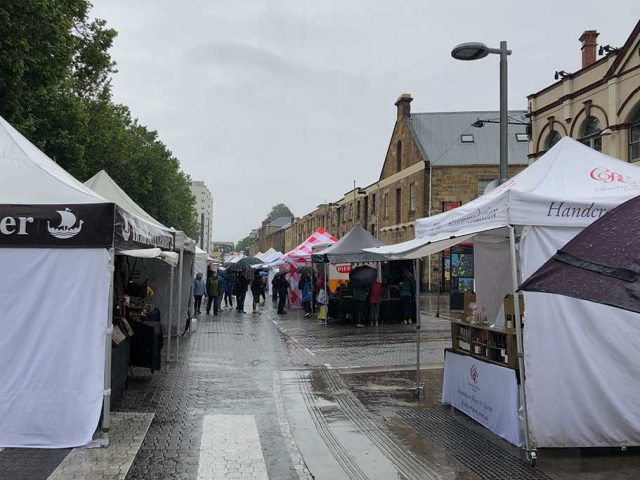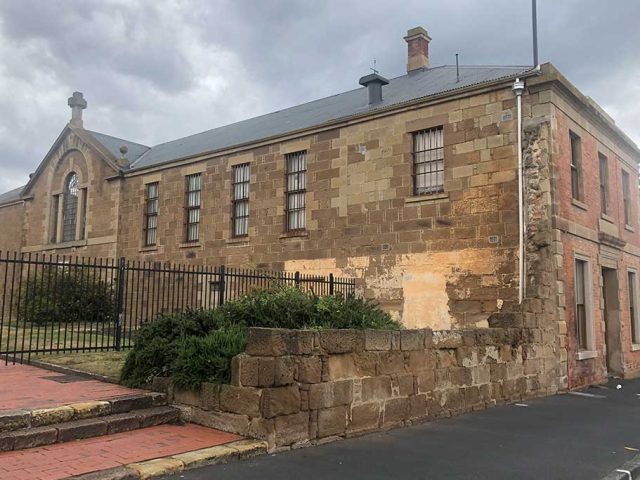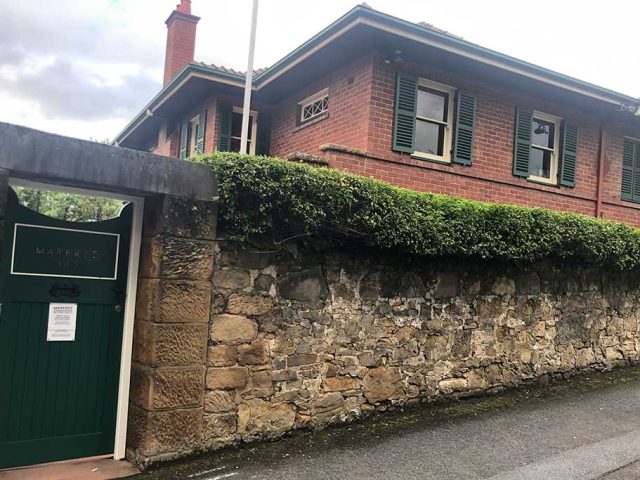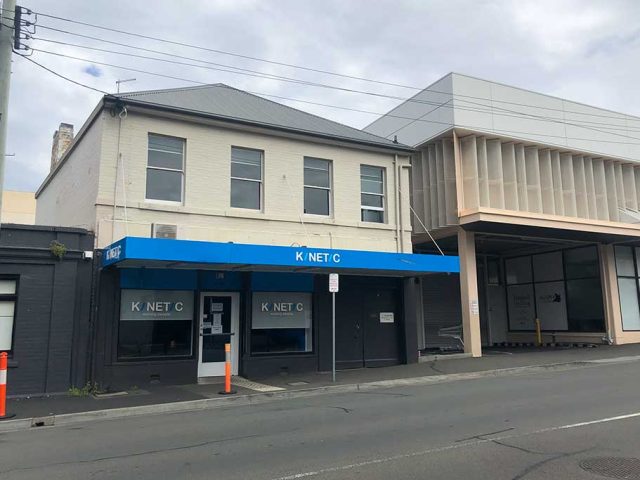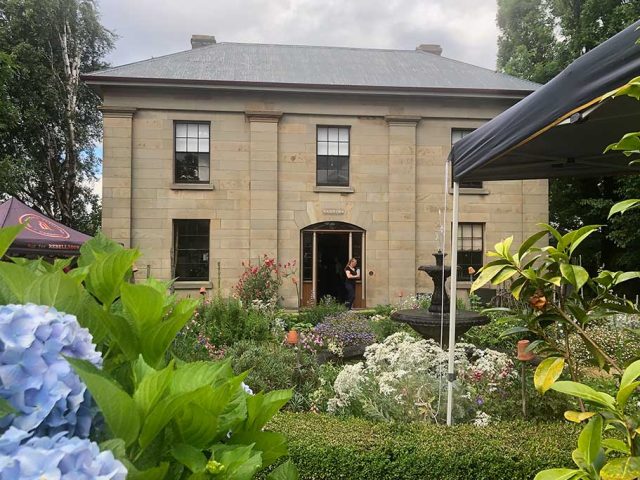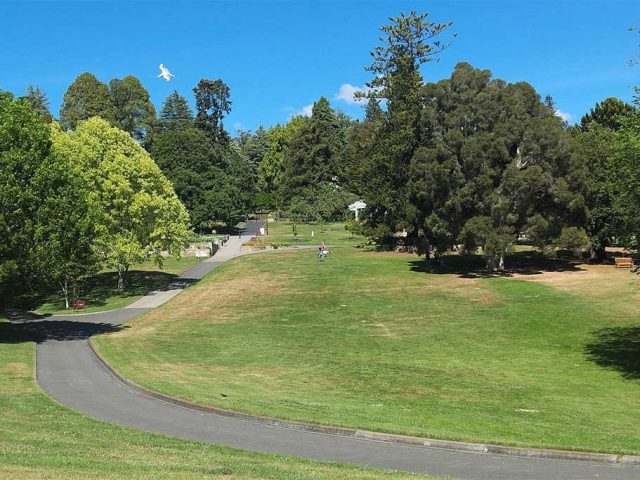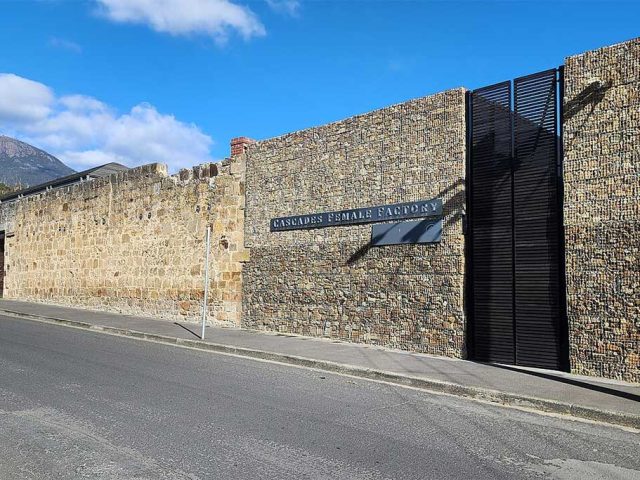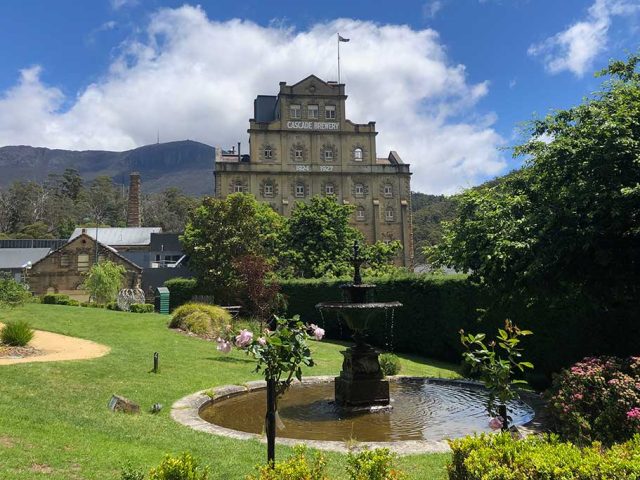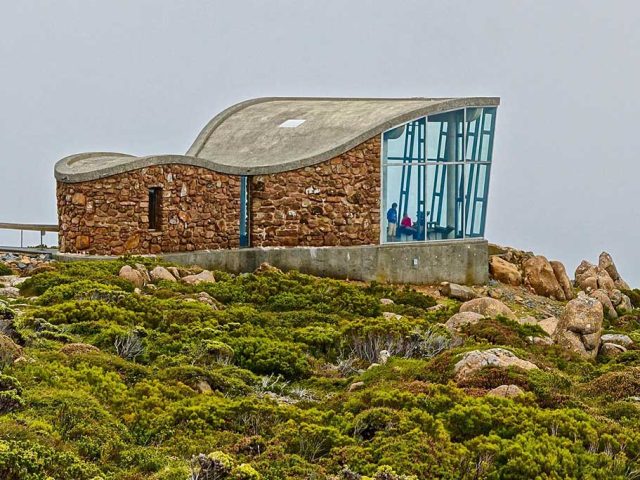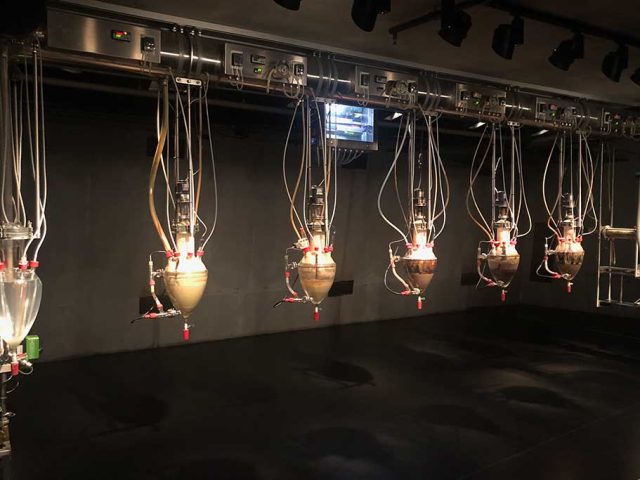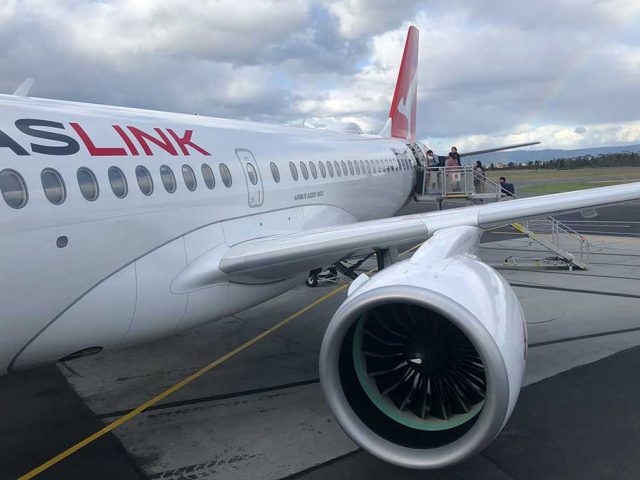Tasmanian Museum and Art Gallery
Discover Tasmania’s culture and history
The Tasmanian Museum and Art Gallery (TMAG) in Hobart offers a comprehensive journey through the island’s rich natural and cultural heritage. Combining Tasmania’s oldest museum and the state’s premier art gallery, TMAG houses collections that reflect Tasmania’s unique history, indigenous cultures and extraordinary biodiversity. Whether interested in colonial history, Antarctic exploration or Tasmania’s art scene, TMAG provides a varied experience that appeals to all visitors.
Established in 1846, the Tasmanian Museum and Art Gallery is one of Australia’s oldest museums. It occupies several historic buildings on Hobart’s waterfront, including the Commissariat Store, built by convicts in 1808, and the Bond Store, dating back to 1824. Together, these buildings represent some of Hobart’s earliest architecture. TMAG’s collections have grown over the years to include art, natural history and anthropology, reflecting Tasmania’s unique position as an island with distinct flora, fauna and cultural narratives.
A significant part of TMAG’s mission is to tell the stories of Tasmania’s Aboriginal communities, whose culture and history extend thousands of years before European settlement. Through displays of artefacts, storytelling and artwork, TMAG highlights the enduring connection of the Tasmanian Aboriginal people to the land, emphasising both resilience and continuity.
The museum also plays an important role in documenting Tasmania’s environmental history. As a hub for research, TMAG contributes to the understanding of Tasmania’s ecosystems and the impact of human activity on this unique environment.
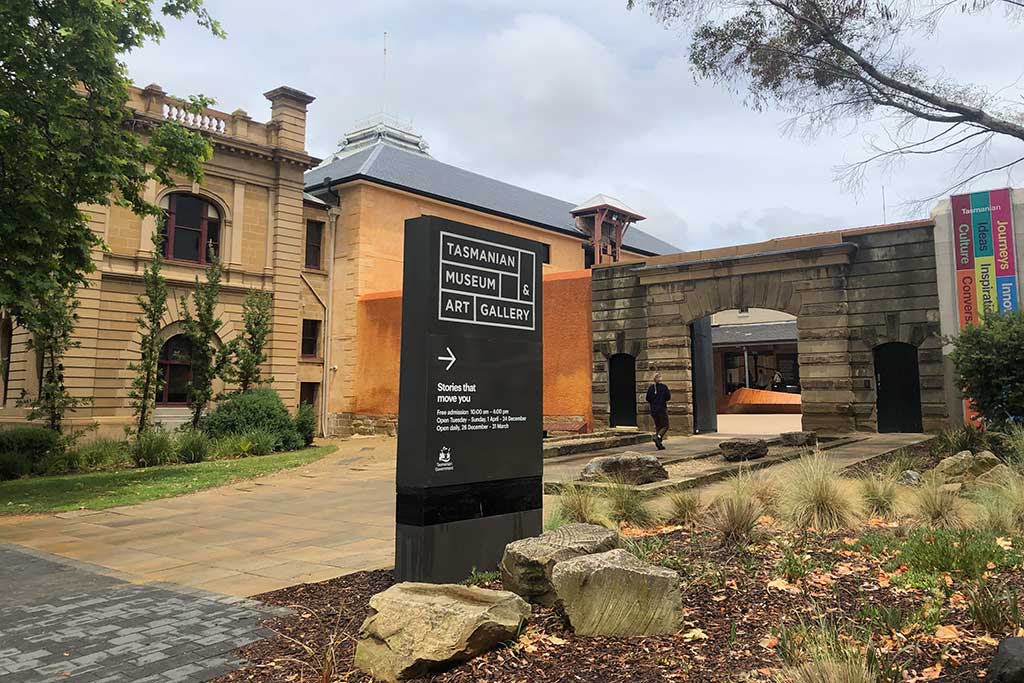
What to see at the Tasmanian Museum and Art Gallery
The museum’s diverse exhibits cover a wide range of interests, from natural history to fine arts.
The museum’s Aboriginal exhibits showcase traditional and contemporary works, giving insight into Tasmanian Aboriginal history and culture. Displays include stone tools, shell necklaces, bark paintings and textiles, offering visitors a glimpse of traditional crafts as well as modern artworks that address ongoing cultural narratives.
The natural history collections explore Tasmania’s unique wildlife, both extinct and extant. Displays include mounted specimens, fossils and artefacts, as well as an exhibit on the now-extinct thylacine, or Tasmanian tiger. The thylacine is one of the museum’s focal points, symbolising the impact of European settlement on Tasmania’s ecosystems.
Tasmania’s role as a gateway to Antarctica is highlighted through TMAG’s Antarctic exploration exhibit, which features artefacts from polar exploration, including equipment used by Australian explorers. This exhibit provides a glimpse into the harsh conditions faced by those who ventured south and showcases Tasmania’s historical role in Antarctic expeditions.
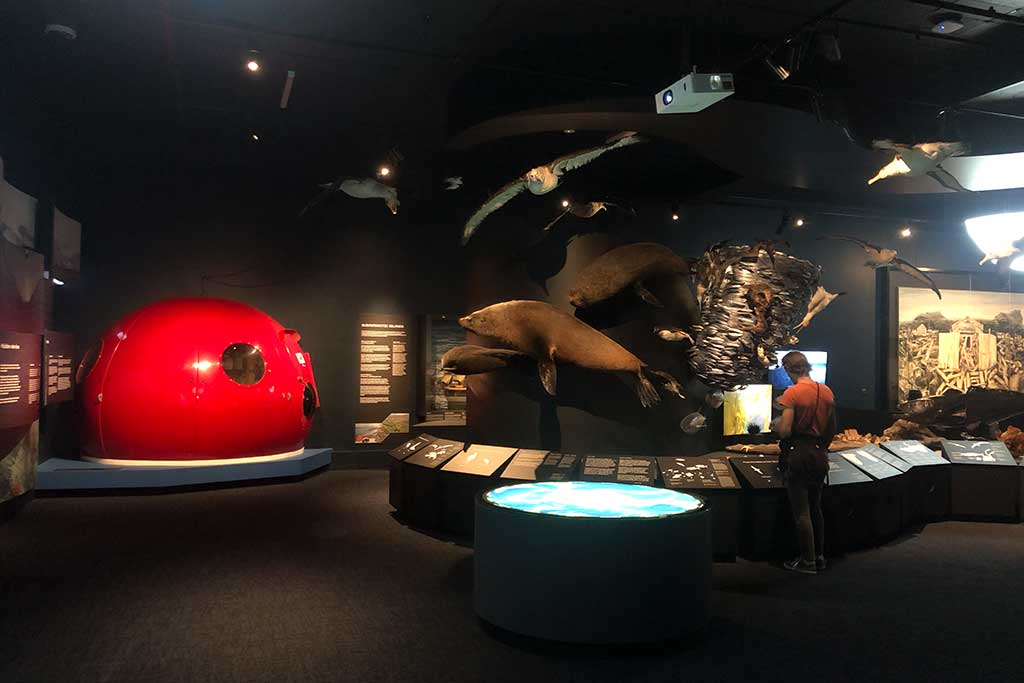
The Tasmanian Museum and Art Gallery’s art collection spans colonial to contemporary works, with an emphasis on Tasmanian artists. Colonial paintings depict early European settlers’ perceptions of the Tasmanian landscape and contrast with modern works that often highlight environmental themes. The gallery also features exhibitions by prominent Australian and Tasmanian artists, including painters, sculptors and photographers, offering a blend of traditional and contemporary art forms.
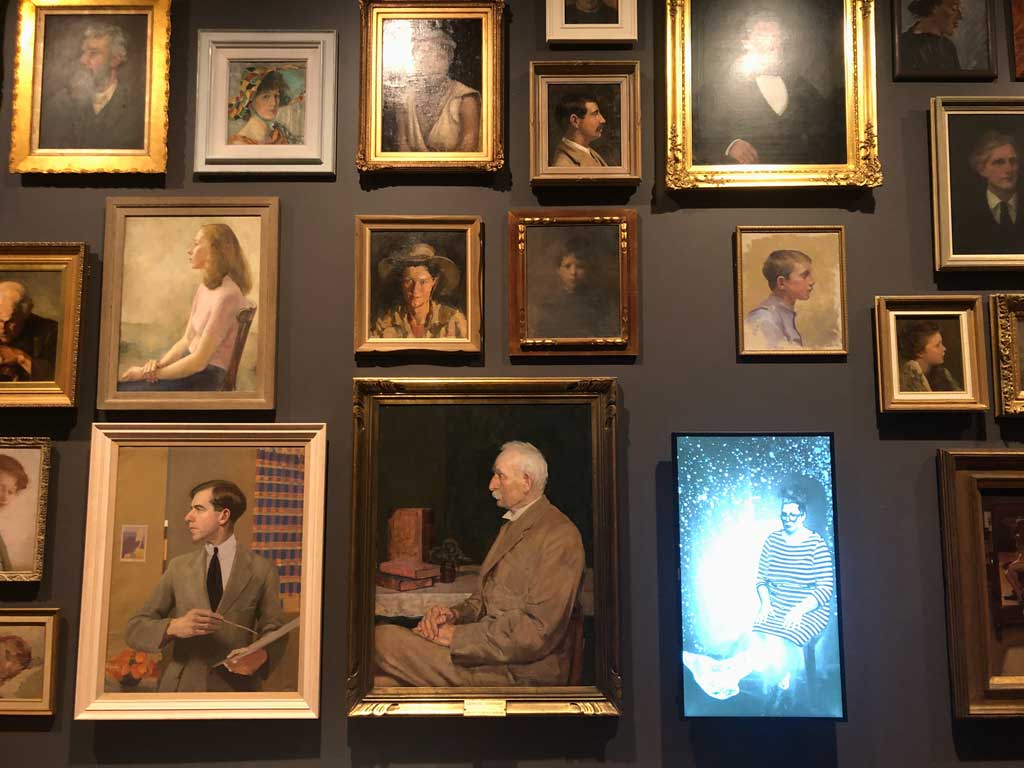
Temporary exhibitions at the Tasmanian Museum and Art Gallery
TMAG regularly hosts temporary exhibitions, showcasing travelling collections or contemporary artists. Current and planned exhibitions include:
The World of Butterflies
The World of Butterflies exhibition (until 26 January 2026) features hundreds of specimens from around the world, exploring their survival strategies, scientific classification and cultural history. The displays examine threats such as climate change and habitat loss. Visitors can learn about butterfly collecting, mimicry and migration, as well as the origins of the word butterfly and ways to protect these insects.
Hobart Current: Here
Hobart Current: Here (until 26 April 2026) is the third edition of the biennial contemporary art programme. Ten artists based in Lutruwita/Tasmania present new work responding to the theme “Here” across varied media. Installations and projects will appear at the Tasmanian Museum and Art Gallery and in public spaces around Hobart, reflecting place, community and local experience.
Visiting the Tasmanian Museum and Art Gallery
The Tasmanian Museum and Art Gallery is in the city centre close to Hobart’s waterfront. It is close to many other points of interest in central Hobart and it is also convenient to the ferry to MONA. The IXL Tasmanian Art Gallery, the Maritime Museum and the Mawson Huts Replica Museum are all within a five-minute walk.
The museum is open throughout the year and admission is free of charge, although there is an entrance fee for some temporary exhibitions.
TMAG is wheelchair accessible and visitor facilities include a cafe and gift shop. Its location in the city centre also means that there is a great variety of places to eat and drink nearby.
Plan to spend around 2–3 hours exploring the museum.
We may earn a small commission if you book after clicking the links below.
Dunn Place, Hobart TAS 7000
Website tmag.tas.gov.au
Admission free, admission fees apply to some temporary exhibitions
Open 1 Jan–31 Mar 10am–4pm daily; 1 Apr–24 Dec Tue–Sun 10am–4pm; 26–31 Dec 10am–4pm daily

